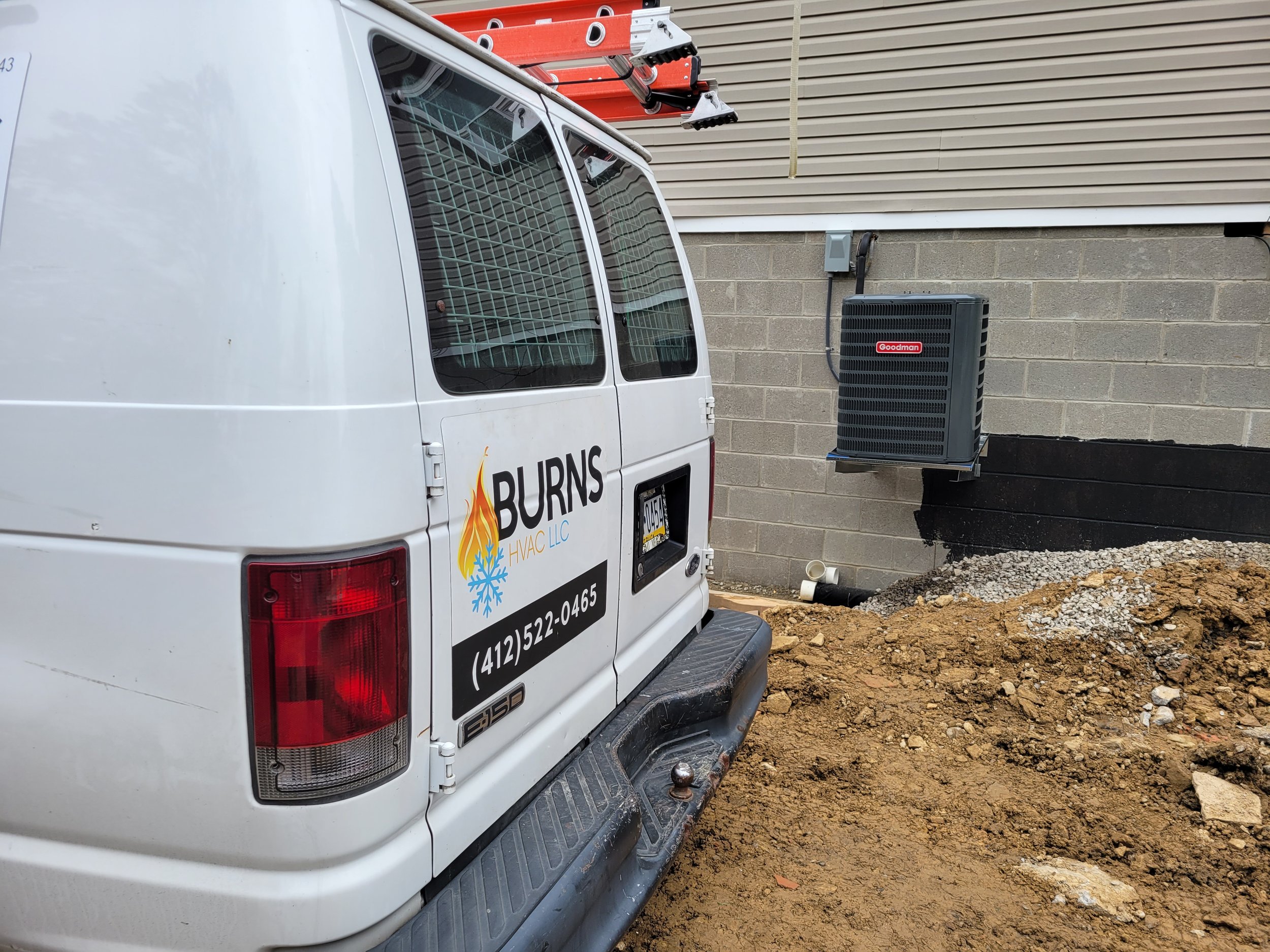
Heat Pumps
A heat pump is part of a heating and cooling system and is installed outside your home. Like an air conditioner, it can cool your home, but it’s also capable of providing heat.
In cooler months, a heat pump pulls heat from the cold outdoor air and transfers it indoors, and in warmer months, it pulls heat out of indoor air to cool your home. They are powered by electricity and transfer heat using refrigerant to provide comfort all year round. Because they handle both cooling and heating, homeowners may not need to install separate systems to heat their homes. In colder climates, an electric heat strip can be added to the indoor fan coil for additional capabilities. Heat pumps do not burn fossil fuel like furnaces do, making them more environmentally friendly.
Heat pumps do not create heat. They redistribute heat from the air or ground and use a refrigerant that circulates between the indoor fan coil (air handler) unit and the outdoor compressor to transfer the heat.
In cooling mode, a heat pump absorbs heat inside your home and releases it outdoors. In heating mode, the heat pump absorbs heat from the ground or outside air (even cold air) and releases it indoors.
The two most common types of heat pumps are air-source and ground-source. Air-source heat pumps transfer heat between indoor air and outdoor air, and are more popular for residential heating and cooling.
Ground-source heat pumps, sometimes called geothermal heat pumps, transfer heat between the air inside your home and the ground outside. These are more expensive to install but are typically more efficient and have a lower operating cost due to the consistency of the ground temperature throughout the year.
Heat pumps are more common in milder climates, where the temperature does not typically drop below freezing. In colder regions, they can also be combined with furnaces for energy-efficient heating on all but the coldest days. When the temperature outside drops too low for the heat pump to operate effectively, the system will instead use the furnace to generate heat. This kind of system is often called a dual fuel system – it is very energy efficient and cost effective.
Major components of a heat pump system:
Outdoor unit with a coil that acts as a condenser in cooling mode and an evaporator in heating mode
Indoor unit that contains a coil (just like the outdoor unit) and a fan to move the air through your home
Refrigerant that absorbs and releases the heat as it circulates through the system
Compressor that pressurizes the refrigerant
Reversing valve that changes the direction of the refrigerant in the system, to enable the shift between heating and cooling
Expansion valve that regulates the flow of refrigerant through the system
The professionals at Burns HVAC LLC are your Allegheny, Beaver, and Butler county heat pump specialists!



